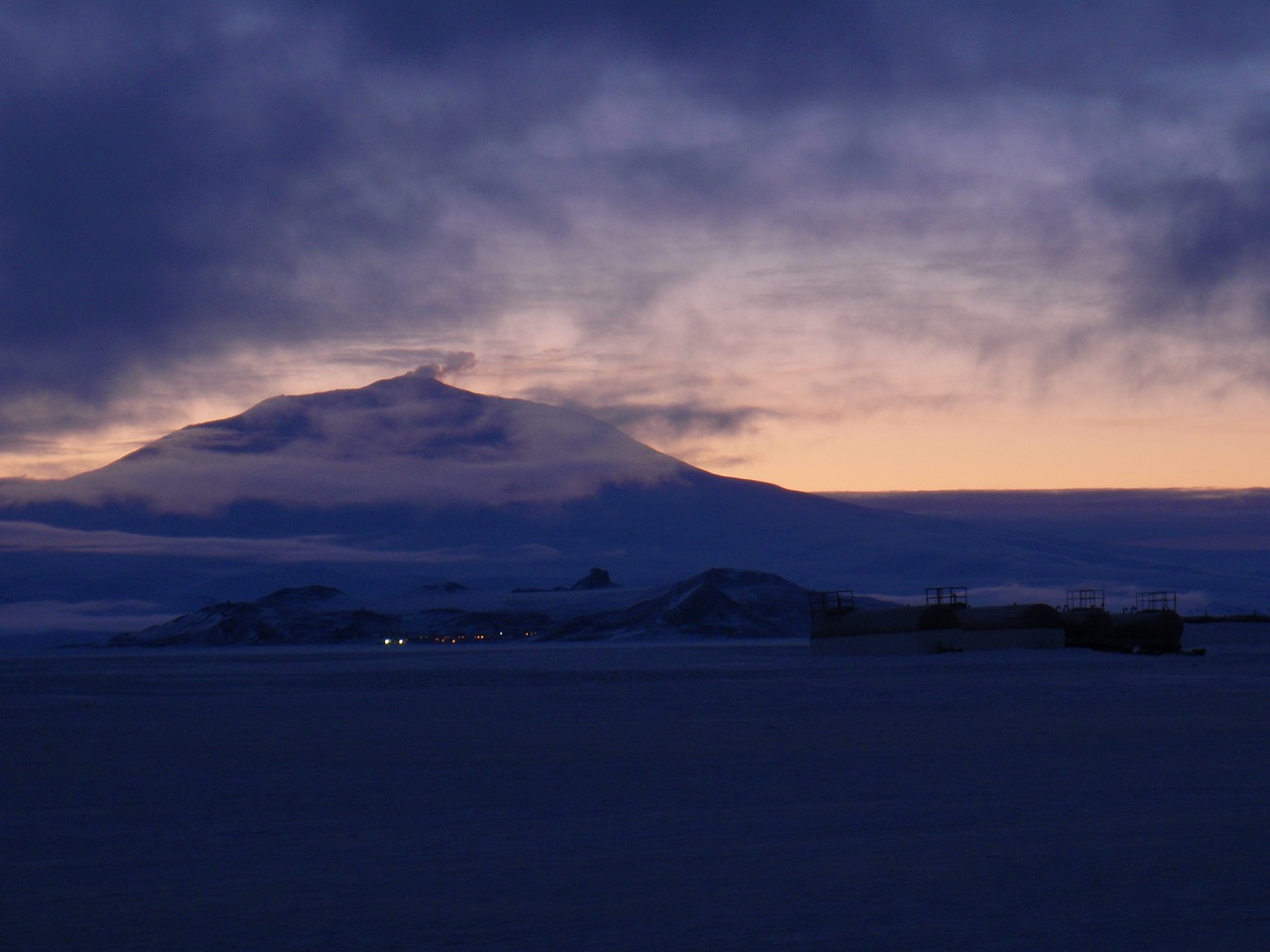Erebus, in ancient Greek mythology, represents the deity associated with a shadowy domain of the underworld and serves as the embodiment of darkness itself. This primordial figure is traced back to the Greek creation narrative, where he is recognized as a descendant of Chaos, which also is the origin of his spouse, Nyx, the embodiment of night. The foundational cosmology of Greek mythology can be largely attributed to Hesiod’s “Theogony,” a text that lays out a genealogy of divine beings. Initially, Chaos was the formless void, the source from which the structured universe emerged. Along with Gaea, the representation of earth; Tartarus, the depth of the underworld; and Eros, the deity of love, Chaos begot other primordial entities. Erebus, together with Nyx, emerged from Chaos. Typically, these primordial beings were envisioned more as elemental forces than as the anthropomorphized deities famed in mainstream mythology.
Continuing with Hesiod’s account, Erebus and Nyx are credited with birthing Aether, representing the bright upper air, and Hemera, signifying day. However, Nyx alone was said to have given rise to a variety of dark entities such as Thanatos (death), Hypnos (sleep), the Moirai (Fates), Nemesis (retribution), and several other ominous forces. Some ancient authors also attributed these same offspring to both Erebus and Nyx collaboratively. Their descendants were largely abstract, merely hinting at their power over natural phenomena without fostering significant individual identities. The majority of well-known Olympian gods, including figures like Zeus and Hera, were descendants of Gaea instead.
In his work “De natura deorum,” Cicero, the esteemed Roman thinker, remarked on the philosopher Carneades, who attributed numerous offspring to the union of Erebus and Nyx. These entities tended to represent fearful aspects of nature, with Carneades asserting that beneath the reign of Light and Day, Erebus and Nyx birthed Love, Guile, Toil, Envy, Fate, Old Age, Death, Darkness, Misery, Lamentation, Fraud, and Stubbornness, among others.
Different narratives regarding the cosmic hierarchy can be found in other sources, such as the play “Birds” by the Greek playwright Aristophanes. In this narrative, Chaos, Night, Erebus, and Tartarus appeared as the foremost primordial beings; with Night, depicted with dark wings, creating a germless egg in the vast depths of Erebus. After an extensive span, that egg hatched, leading to the emergence of Eros, who together with Chaos, contributed to the creation of birds. The Orphic religious tradition contains their own interpretations of Erebus, positing him as a brother to Chaos and Aether, all stemming from Chronos, who represents time.
Apart from being the personification of darkness, the term Erebus was also utilized to refer to a shadowy sector of the underworld through which souls would transit to reach Hades, the realm of the deceased. In literary contexts, Erebus often served as a poetic alternative to Hades or Tartarus, exemplified in Homer’s writing, where he refers to “the hound of loathed Hades” emerging from Erebus.
The legacy of Erebus extends into modern times, with his name having been appropriated in contemporary contexts. A notable example is Mount Erebus, recognized as the southernmost active volcano on Earth. Positioned in Antarctica, it was named after a ship—HMS Erebus—commanded by British explorer James Clark Ross during his 1839–43 Antarctic ventures. The expedition also included the HMS Terror, with both vessels ultimately succumbing to perilous ice during a failed Northwest Passage exploration.



